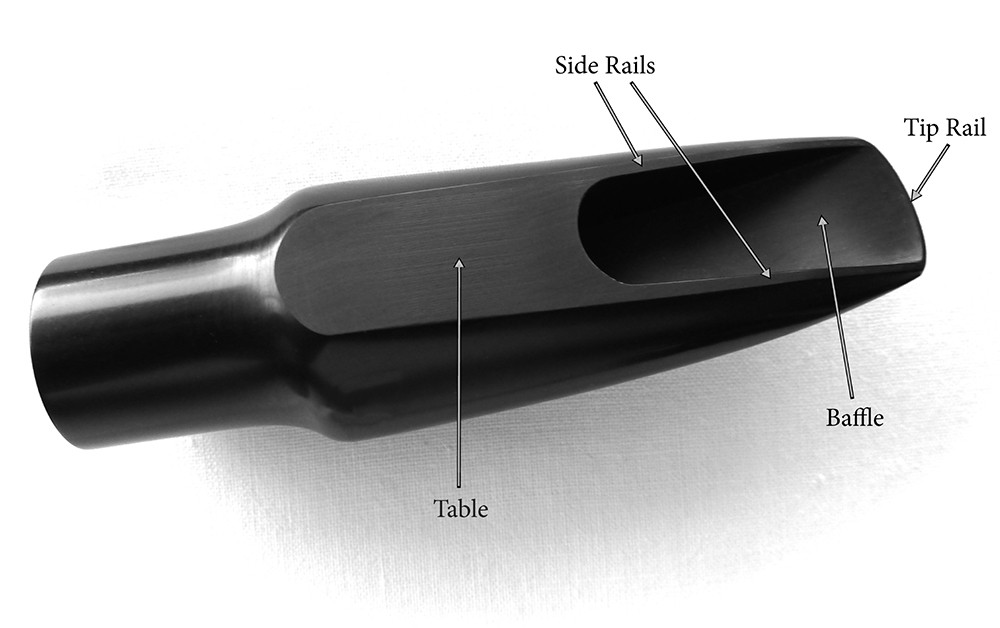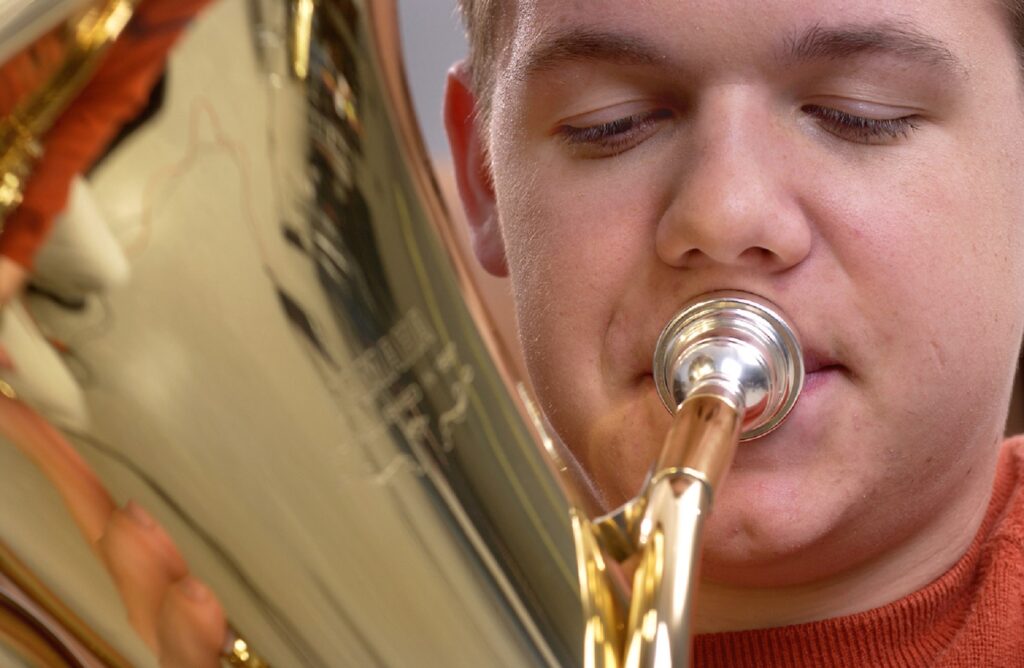Tagged Under:
The Importance of Saxophone Mouthpieces
With the right mouthpiece, students will likely experience far better results in response, tuning, articulation and tonal-dynamic control.
Music educators should not overlook selecting a proper saxophone mouthpiece for students in saxophone method classes and for beginners.
Students and parents might assume that because mouthpieces typically come with the purchase of new saxophones (and in many cases, resale saxophones), the mouthpiece that is included is the best choice. This is not necessarily true!
So, what mouthpiece should student saxophonists, including those in university-level saxophone method classes, utilize? Music teachers should stress that appropriately selected, professional-level mouthpieces will often dramatically improve the general playability of high-quality, student-level saxophones. Students will likely experience far better results in response, tuning, articulation and tonal-dynamic control.
Student-model saxophones do not typically come with professional-level mouthpieces. However, when schools purchase quantities of instruments for class instruction, music directors should try to negotiate the inclusion of medium-faced, professional mouthpieces as part of the purchase. This could increase the total purchase price – professional mouthpieces are, after all, more costly – but the money will be well spent!
Visual Evaluation
Students in saxophone methods classes and beginners may not know how to evaluate mouthpieces, but this is a skill they should learn because it will be extremely useful if they choose to be music teachers themselves!
Examples of basic visual mouthpiece inspection include:
- the exterior of the mouthpiece, including the table, should be clean and free of chips and other damage.
- the chamber of the mouthpiece, including the baffle, arch and walls, should be clean and free from damage.
- the tip rail should be symmetrical and free from scratches, chips and other obvious damage.
- the side rails should be identical and symmetrical, and free from chips and other damage.
Some saxophonists put a self-adhesive patch on the top portion of their mouthpieces. These patches, which are widely available in a variety of thicknesses and types, protect the mouthpiece from the teeth, minimizing scratches and dents. Some players say that it is more comfortable playing with their teeth making contact with a “textured” patch versus the hard and sometimes slippery surface of the mouthpiece.
Perhaps the most significant consideration when choosing mouthpiece patches is the thickness of the patch. This is purely a personal comfort decision. Thinner patches preserve the basic feel and size of the mouthpiece itself while still providing some added comfort. Thicker mouthpiece patches may feel “spongy” to some saxophonists. Students should experiment with different patches to find the right thickness and texture for them.
Tone Quality — What’s Your Desired Sound?
It is common to credit the mouthpiece with the tone produced by a saxophonist. Quality saxophone mouthpieces play a vital role in allowing a player to achieve desired results. The key word here is “desired.”
The most important factor that determines tonal quality (or tonal “style”) is the model of tone that a player has in his or her mind’s ear before blowing the instrument. This is the conscious or subconscious “desired” tone and can be referred to as a “mental concept” of a tone prior to producing it.
The saxophone can produce a wide range of tone qualities, and depending on the player, this can be positive or negative. The flexibility of the saxophone tone, especially when subjected to the myriad of mouthpieces and facings available, can be a help to the experienced player and a hindrance to the uninitiated. Proper instruction with a saxophone specialist as well as listening to live, high-quality saxophone performance is invaluable.


















